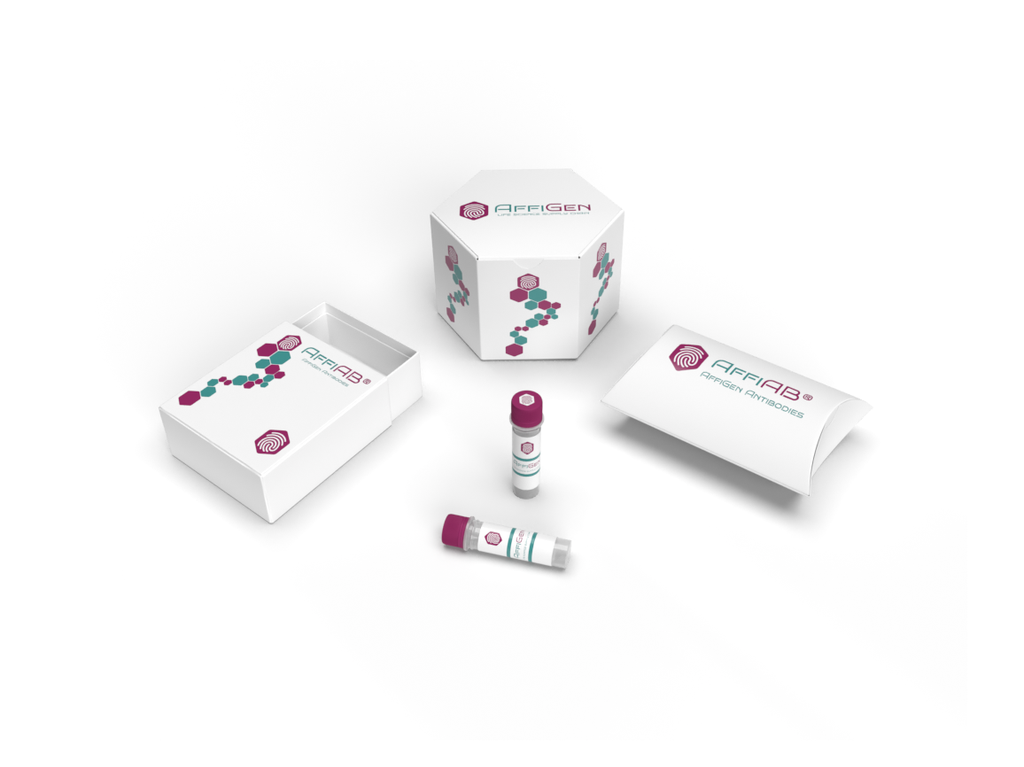AffiAB® Anti-PP2A (alpha+beta) Antibody
In eukaryotes, the phosphorylation and dephosphorylation of proteins on serine and threonine residues is an essential means of regulating a broad range of cellular functions, including division, homeostasis and apoptosis. A group of proteins that are intimately involved in this process are the protein phosphatases. In general, the protein phosphatase (PP) holoenzyme is a trimeric complex composed of a regulatory subunit, a variable subunit, and a catalytic subunit. Four major families of protein phosphatase catalytic subunits have been identified, designated PP1, PP2A, PP2B (calcineurin) and PP2C. An additional protein phosphatase catalytic subunit, PPX (also known as PP4) is a putative member of a novel PP family. The PP2A family comprises subfamily members PP2A? and PP2A∫. The PP2A catalytic subunit associates with a variety of regulatory subunits. Regulatory subunits include PP2A-A-α and -A-β, PP2A-B-α and -B-β, PP2A-C-α and -C-β, PP2A-B56-α and -B56-β.
Antibody type
Rabbit polyclonal Antibody
Uniprot ID
SwissProt: P67775 Human; SwissProt: P63330 Mouse; SwissProt: P63331 Rat
Recombinant
NO
Conjugation
Non-conjugated
Host
Rabbit
Isotype
IgG
Clone
N/A
KO/KD
N/A
Species reactivity
Human, Mouse, Rat
Tested applications
WB, IF-Cell, IHC-P, FC
Predicted species reactivity
N/A
Immunogen
Synthetic peptide corresponding to of Human PP2A (alpha+beta) aa 260-309 / 309.
Storage
Store at +4°C after thawing. Aliquot store at -20°C or -80°C. Avoid repeated freeze / thaw cycles.
Form
Liquid
Storage buffer
1*PBS (pH7.4) , 0.2% BSA, 40% Glycerol. Preservative: 0.05% Sodium Azide.
Concentration
1 mg/mL.
Purity
Immunogen affinity purified.
Signal pathway
Autophagy PI3K-AKT, AMPK signaling pathway
Recommended dilutions
WB: 1:1, 000-1:2, 000; IF-Cell: 1:50-1:200; IHC-P: 1:50-1:200; FC: 1:50-1:100
Molecular Weight
Predicted band size: 35kDa
Subcellular location
Cytoplasm, Nucleus, Chromosome
Positive control
Hela, A431, HepG2, PC12, human breast carcinoma tissue.
